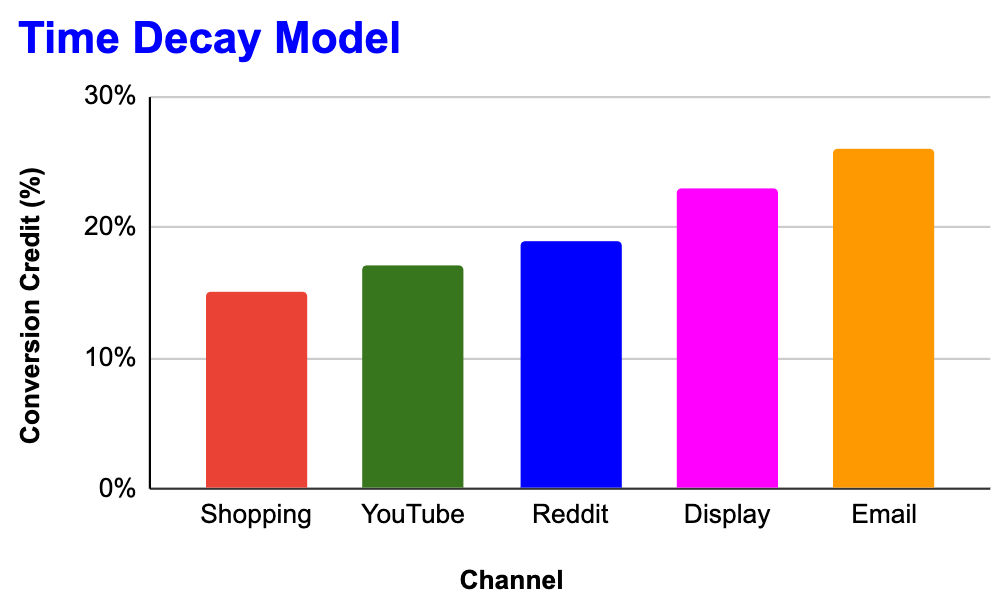
13 Aug What Are Attribution Models & Which Models Can Make Your Marketing Better
I have been wanting to write about Attribution Models for a long time, and there’s a big reason for it. In the world of marketing, everything is analyzed from an ROI standpoint. It is a sad business reality, but it is completely understandable why the C-suite (excluding the CMO; obviously) continues to put limitations on marketing activities. Marketing is (mostly) expensive, and the pandemic doesn’t help its cause.
As a consequence, marketers find shelter under the warmth of attribution models to prove the impact of different channels and ask for increased budgets.
This begs the question →
What is Attribution Analysis?
On the path to conversion, customers may interact with multiple ads from the same advertiser. Attribution models let you choose how much credit each ad interaction gets for your conversions.
Attribution models can give you a better understanding of how your ads perform and can help you optimize across various customer journeys.
If a company is running ads on TV, Radio, YouTube, Facebook/IG, Reddit, Quora, Google Display Network, Taboola, Spotify, and Bing, then the company is likely to have millions of online (and offline) touchpoints which impact a potential customer’s purchase decision. Moreover, a person, before making a purchase, is most likely being influenced by multiple channels.
Example: A brand might create-
Awareness through TV, Interest through YouTube, Desire through IG, and Action through Bing Search Ads.
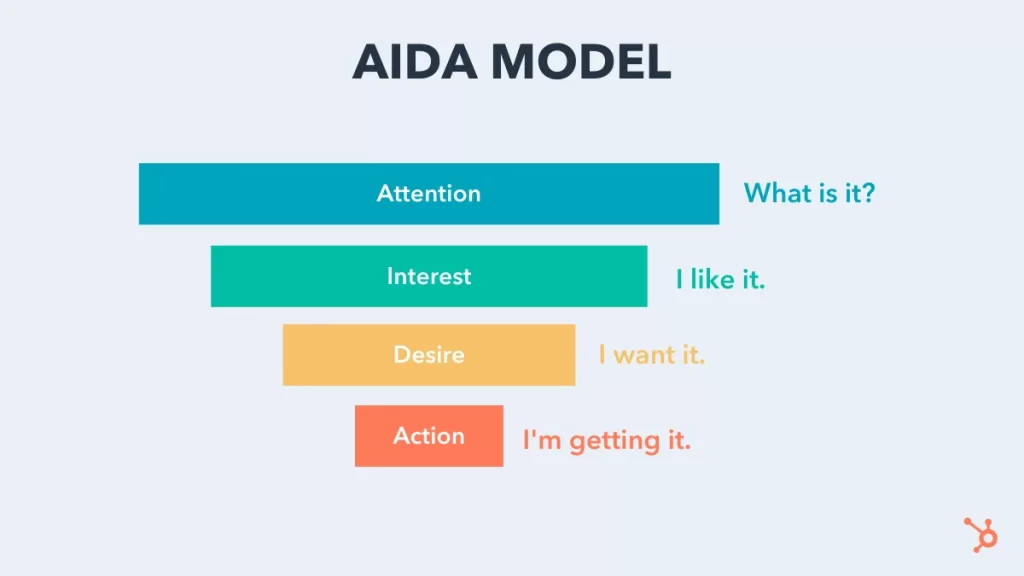
Attribution Analysis will help you distribute credit for conversions. These “credits” are usually in the form of percentages.
Example: TV gets 25% credit, Youtube gets 25%, IG gets 25% and Bing gets 25% (this is an example of a linear attribution model which is discussed in more detail later).
This can help you focus your attention (and $$) on channels that lead to the highest number of conversions (leads, sales, downloads, etc.).
Now that we have gotten the definition out of the way, let’s jump on to the next question →
What Are The Different Types Of Attribution Models?
This is going to be fun. To explain this in simple words, I chose to use a real-life example. Grab a coffee if you’re still here because this might be a long article (I already see people closing this tab. Ah! The bounce rate (or is it the engagement rate?) is gonna skyrocket ;).
Example
My girlfriend wants to buy a gaming console. She can’t decide between a PS5 and an Xbox Series X. To better understand the difference between the two consoles, she types “PS5 Vs. Xbox Series X” on Google Search and sees a Shopping ad for Nintendo Switch. Interesting. Nintendo Switch looks fun and therefore clicks on the ad. After reading about Nintendo and realizing that it’s so much cheaper, she’s intrigued. She then receives a work call and exits the website.

2. The next day, she’s watching some personal finance YouTube videos and she’s suddenly shown an amazing video ad in which a girl who looks her age (24-25yo) is playing “Mario Kart” on Nintendo Switch. She reminisces her childhood days. The YouTube ad sparks her interest.
3. Now, she’s just looking for a deal. Luckily, Black Friday is nearby, and she’s hoping that Nintendo Switch will go on sale (smart call). 2 days pass. Next, while browsing r/cats on Reddit, she sees an ad by Nintendo saying that the console is now 15% off for a limited time. She clicks on the ad to check for how many days will the offer go on. 2 more days to go.
4. The following day, she starts reading about Nintendo Vs. Xbox Vs. PS5, one last time, to reduce any kind of buyer’s dissonance.
5. Bam! She clicks on the ad and signs up for the newsletter.
6. Two minutes later, there’s an Email in her inbox that explains how to redeem the offer (it has a coupon code: FIRSTNINTENDO5). She clicks on the link in the email, goes to Nintendo’s website, and orders herself a Nintendo Switch at 15% + 5% discount. Victory.
Honestly, great marketing by Nintendo. Right place at the right time (which is often overlooked).
1. Last Interaction/Last Non-Direct Click Attribution Model
Now that we have got the example out of the way, we can finally start looking at the attribution models.
Last Interaction attribution, as the name suggests, assigns 100% of the credit for the conversion to the channel from which the last interaction before the conversion occurred.
So in our above example, “Email” would be credited for the conversion. Do you see how flawed this model is? In the above customer journey, email was merely a facilitator not the driver of the conversion. If anything, the conversion, most probably, would have taken place even without the use of email.
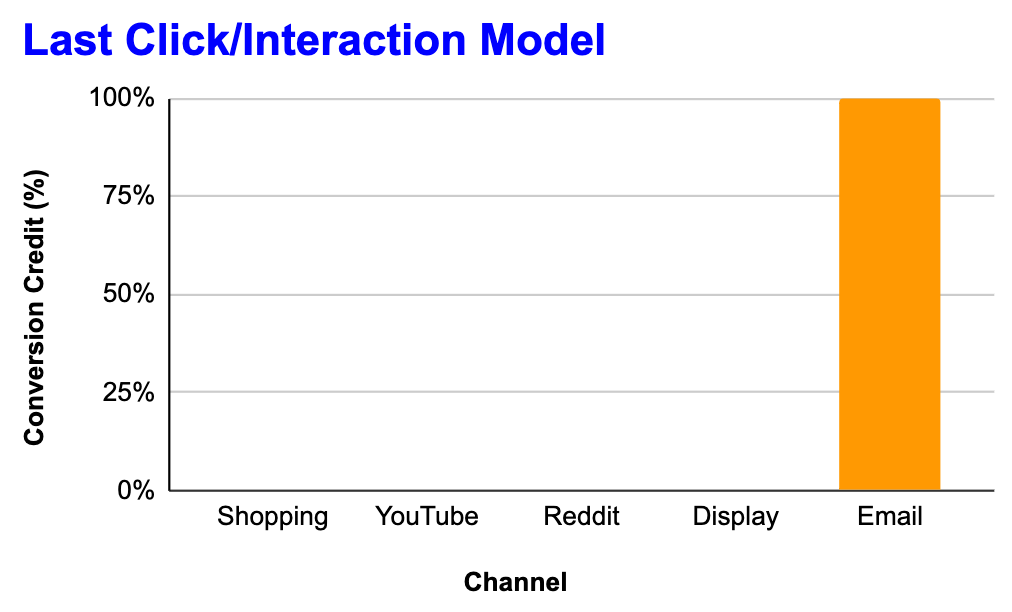
Now, what’s the difference between the last click/interaction and the last non-direct click models?
Subtle difference.
Consider a scenario wherein, instead of clicking on the link in the email, she just copies the coupon code and then goes to Nintendo’s website directly and makes the purchase.
Last click Attribution: The conversion would be attributed to the “Direct” channel.
Last non-direct click Attribution: This model completely ignores the “Direct” channel and 100% of the credit goes to the touchpoint before the sale/conversion. In our example, email takes all the credit even if a direct visit to the website occurred after the email click.
Should marketers deploy this model?
Since, these models completely ignore all other touchpoints (Shopping, YouTube, Reddit, and Display), it is a big NO.
You’d be doing yourself a big favour by not using this model. Sometimes, a gross oversimplification of the data in hand can be detrimental to an organization’s decision-making.
Imagine someone saying: Let’s take some portion of YouTube Ad’s budget and invest that in more comprehensive email automation tools.
I mean, sure, go ahead, but eventually, this might get you fired.
2. First Interaction/Click Attribution Model
The devil’s in the name.
The complete opposite of the last interaction model is the first interaction/click model. It is equally wrong (if not more).
If we apply this model to our example, then “Shopping Ads” get 100% of the credit for the conversion.
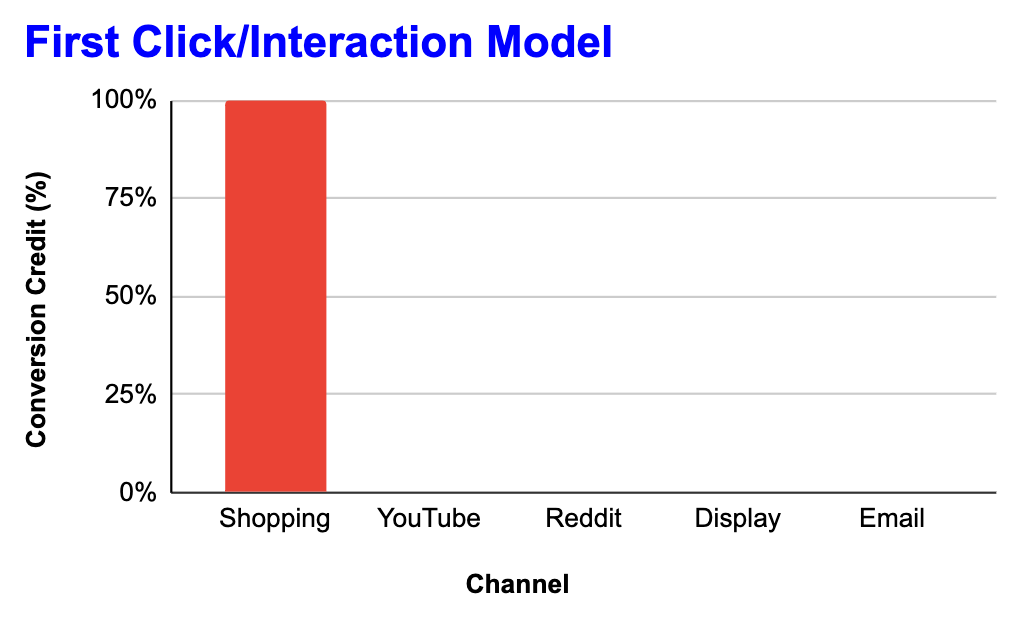
Propagators of this model argue that the channel that helps generate awareness is the holy grail of marketing. If this was the case, then performance marketing wouldn’t exist. If this was the case, then lower-funnel campaigns and remarketing would be irrelevant.
The world, as it turns out, is not utopian. It takes a lot more than awareness to make a purchase. The consumer journey is more complicated than ever, and Awareness ≠ Sale.
I am aware of X brands in the market, however, I own products of 0.01X brands.
Should marketers deploy this model?
Well, NO. It is like saying “Love at first sight” makes the relationships last. Does it, or is there much more to it?
First sight merely gets your attention, however, for a relationship to last, there are a lot of other touchpoints/variables that come into place.
So, NO. Don’t use this model, unless, again, you want to get fired.
3. Linear Attribution Model
When I was 14, I was representing my school in the under-18 (boys) 200m sprint. I was the youngest amongst all finalists.
8 boys were gunning for 3 medals (gold, silver, and bronze) and I came 8th.
It was an infuriating experience, but hey, I walked away with a certificate of participation, and that’s something, right?
This is the essence of the model.
Something > Nothing.
In linear attribution models, each touchpoint gets equal credit for the conversion. Every channel walks away with a participation certificate. There are no losers and no winners. Utopia.
In our example’s context, we had website visits from 5 channels, and when using linear attribution, every channel will get a 20% credit for the sale.

Should marketers deploy this model?
If you had to choose between linear attribution and the models given above, then it’s a no-brainer that linear attribution should be your go-to model.
But (you saw that coming), this model is still far from perfect. The best way to describe this model is that “It’s less wrong”. If you’re shooting for that, then use it.
However, one of the biggest uses of attribution modelling is to shape next year’s (or quarter’s) marketing strategy by adjusting budgets based on ROI from different marketing channels. This makes linear attribution severely flawed because according to this model, every touchpoint had an equal role in influencing the customer’s purchase decision.
When it comes to allocating budgets, a marketer wouldn’t have any idea which channel performed better, and therefore it is hard to make an informed decision. So, NO; don’t use this model.
Using linear attribution might save you from the blushes of being fired, but a good marketer will tell you that his work is not about surviving, it’s about thriving. And if you want to thrive, then there are better models available.
4. Time Decay Model
I like this model.
It passes something called the “common sense test”.
In this model, the touchpoint closer to the final conversion (sale) receives higher credit for the conversion, while touchpoints further away from the day of the conversion receive less credit.
This model works on the premise of the principle called “Exponential Decay”, and it favours touchpoint that occurred closest to the time of the sale. This sometimes makes sense.
What I love about this model is that you can customize it to fit your customer’s cycle. Some products/services, on average, take 5 days to convert, whereas some take 50 days (usually, the larger the purchase, the longer time it takes to make the purchase).
An exponential decay can be described by the following formula:

N(o) denotes the initial amount before measuring decay. In our case, the initial amount is 100% conversion credit.
2.
N(t) denotes the quantity that has not decayed after a time “t”
3.
t1⁄2 is the half-life, which is the time it takes for a quantity to reduce to half its original value.
4.
t denotes the time span an interaction is away from conversion
By default, inside Google Analytics, the time decay model has a half-life (also called decay rate) value of 7 days.
What does this mean?
This means that the interaction that occurred 7 days before the conversion gets half (1/2) more credit than the interaction that occurred on the day of the conversion.
If you want to understand the math behind time-decay models in more detail, then this and this are great resources to start with.
For someone who (really) wants to make the most of this model, they can browse the “Conversion Lag Report” in GA to configure the look-back window.
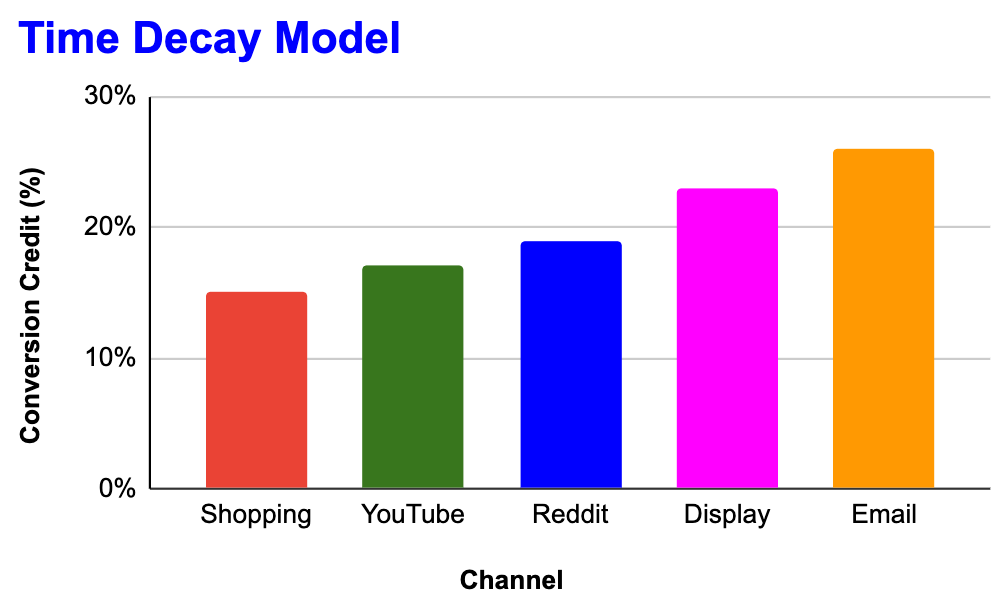
For those who are just starting, just understand this:
In the Time Decay attribution model, the touchpoints closest in time to the sale or conversion get most of the credit.
Should marketers deploy this model?
YES, this is a very usable attribution model, because, wait for it………………
IT MAKES SENSE.
If the touchpoints, in the beginning, were very significant, then why did my (imaginary) girlfriend not make the purchase when she saw the shopping ad?
It is because she wanted to be convinced, and that’s exactly what the touchpoints that happened closer to the sale, did. They convinced her.
Now, if you critically want to argue against the model (please do that), you can. It has its flaws, and these flaws are significant. But again, the argument isn’t about choosing the perfect model, the argument is about choosing the least imperfect model, and in that debate, the time-decay model beats the others.
5. Position-Based Model
If Linear and Time Decay models had an imperfect baby, it would be named “Positioned Based”.
In position-based modelling, each touchpoint gets some credit (like in linear models), but some get more credit than the others (like in time decay models).
The differentiating factor of this attribution model is that the first and the last interaction gets more credit than the interactions/touchpoints in the middle of the consumer journey.
By default, the attribution of the conversion looks something like this:
First Interaction: 40% credit
Middle Interactions: 20% credit distributed evenly
Last Interaction: 40% credit
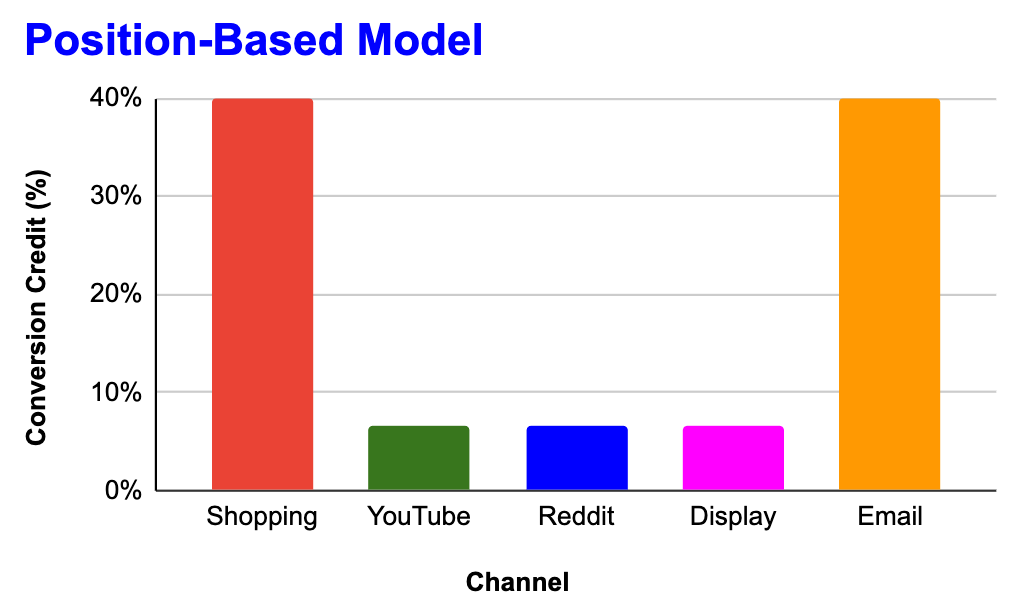
Should marketers deploy this model?
This is a decent model, especially since you have the freedom to change the default settings and configure the credit that your first, last, and middle interactions should receive. Still, NO. Don’t use it.
What makes this model decent, also makes it dangerous (hence it’s an imperfect baby; unlike my brother).
Here’s what Avinash Kaushik said about this model:
If you don’t know what you are doing, it is GIGO very quickly.
This is exactly the reason why I believe position-based models shouldn’t be used. The Time Decay model is still better for what it offers.
Bonus#1: Data-Driven Attribution Models
The Data-Driven Attribution model used to be a paid feature inside Google Analytics (with GA360; which costs about $150K per year), and now, it is somewhat available to all advertisers for free.
If a company has enough data (there’s a minimum requirement) to use this model, then do it.
Humans, in some cases, aren’t as smart as machines, and keeping track of all customer touchpoints and journey is one of those cases. This model uses machine learning to analyze millions of data sets and find patterns.
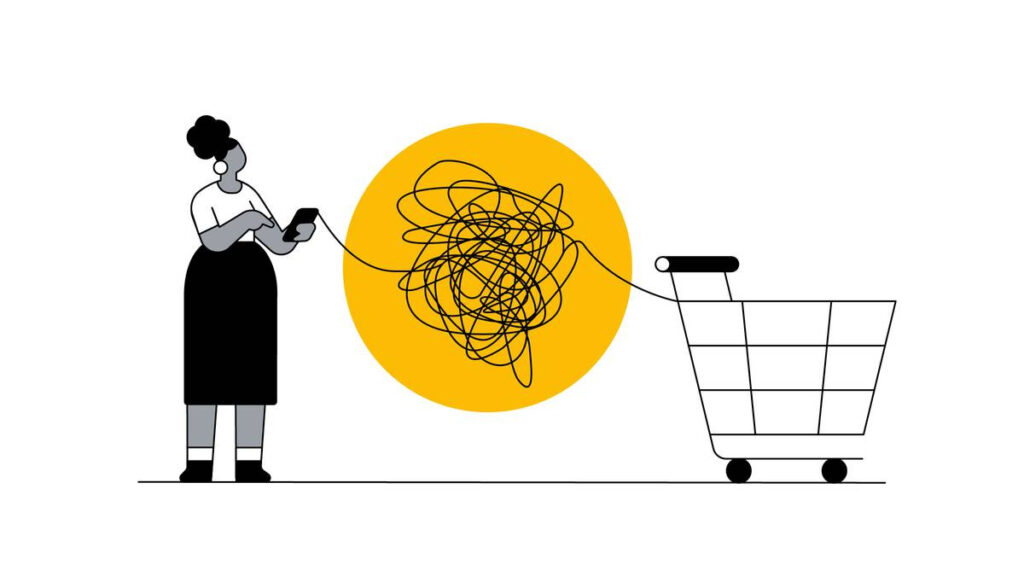
There are two main parts to the methodology of data-driven attribution in Google Ads:
● Analyzing the available path data to develop conversion rate models for each of your conversion types
● Using the conversion rate model predictions as input to an algorithm that attributes conversion credit to ad events
Avinash Kaushik:
Your data-driven model eliminates opinions/feelings/politics from the process of getting to the best model for you, and it is exquisitely yours.
If your company/brand meets the minimum requirements of using this model, then use it. There’s nothing better.
Update: GA4 now uses Data-Driven Attribution as the default Attribution Model.
Bonus#2: Reading Material on Attribution
For someone who really likes this topic and would want to read (and learn) more about it, use these links:
https://www.kaushik.net/avinash/marketing-analytics-attribution-is-not-incrementality/ (Thank me later)
https://neilpatel.com/blog/best-analytics-attribution-model/
Conclusion
Anyone who read this article in its entirety, or marketers/analysts already working with attribution models, would have realized that there’s no perfect model (data-driven comes the closest, followed by time decay). Not yet, at least. But what should also be clear (by now) is that some models are just better than others, and those are the ones that we should use.
You see, perfection is a hoax that applies to marketing too.
That shouldn’t discourage us from chasing it, because this hunt for perfection is what makes us better (humans, lovers, marketers, sons/daughters), and this is exactly what attribution is all about (facilitating better decisions).
Use it (attribution analysis) to make your marketing better, since better is the closest we will ever get to perfection.
Need help with attribution? Contact us, here.




Sorry, the comment form is closed at this time.